Almanac 12/24/2023
Sun |
24hr Day / Night Clock |
Moon |
|
|
|

|
|
Sunrise: 07:24 Sunset: 16:21 Daylight for: 08:57 hours |
Daylight (Sun's upper edge at horizon) Civil twilight (Sun's centre 6° below horizon) Nautical twilight (Sun's centre 12° below horizon) Astronomical twilight (Sun's centre 18° below horizon) Night time "Hour Hand" (rotates counter clockwise) Times are Mountain Standard Time (GMT -7) all year long! |
Moonset: 05:12 Moonrise: 14:19 13 days old - 93% illum. |
|
Civil twilight: defined to begin in the morning, and to end in the evening when the center of the Sun is geometrically 6 degrees below the horizon. This is the limit at which twilight illumination is sufficient, under good weather conditions, for terrestrial objects to be clearly distinguished; at the beginning of morning civil twilight, or end of evening civil twilight, the horizon is clearly defined and the brightest stars are visible under good atmospheric conditions in the absence of moonlight or other illumination. In the morning before the beginning of civil twilight and in the evening after the end of civil twilight, artificial illumination is normally required to carry on ordinary outdoor activities.
|
|
Nautical twilight: defined to begin in the morning, and to end in the evening, when the center of the sun is geometrically 12 degrees below the horizon. At the beginning or end of nautical twilight, under good atmospheric conditions and in the absence of other illumination, general outlines of ground objects may be distinguishable, but detailed outdoor operations are not possible. During nautical twilight the illumination level is such that the horizon is still visible even on a Moonless night allowing mariners to take reliable star sights for navigational purposes, hence the name.
|
|
Astronomical twilight: defined to begin in the morning, and to end in the evening when the center of the Sun is geometrically 18 degrees below the horizon. Before the beginning of astronomical twilight in the morning and after the end of astronomical twilight in the evening, scattered light from the Sun is less than that from starlight and other natural sources. For a considerable interval after the beginning of morning twilight and before the end of evening twilight, sky illumination is so faint that it is practically imperceptible.
|
| First Quarter Moon | Full Moon | Last Quarter Moon | Next New Moon |
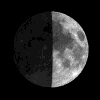 |
 |
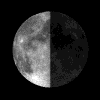 |
 |
|
05/15/2024 6:48am 15 May 2024 11:48 GMT |
05/23/2024 8:53am 23 May 2024 13:53 GMT |
05/30/2024 12:13pm 30 May 2024 17:13 GMT |
06/06/2024 7:38am 06 June 2024 12:38 GMT |
| Vernal Equinox Start of Spring |
Summer Solstice Start of Summer |
Autumn Equinox Start of Autumn |
Winter Solstice Start of Winter |
 |
 |
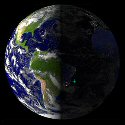 |
 |
|
03/19/2024 10:06pm 20 March 2024 03:06 GMT |
06/20/2024 3:51pm 20 June 2024 20:51 GMT |
09/22/2024 7:44am 22 September 2024 12:44 GMT |
12/21/2024 3:20am 21 December 2024 09:20 GMT |
Sun and Daylight Annual Data
NOTE: Mountain Standard Time is observed all year long in the state of Arizona.
If it makes it any easier, think of Arizona as being in the Pacific Daylight Time zone when DST is in effect.
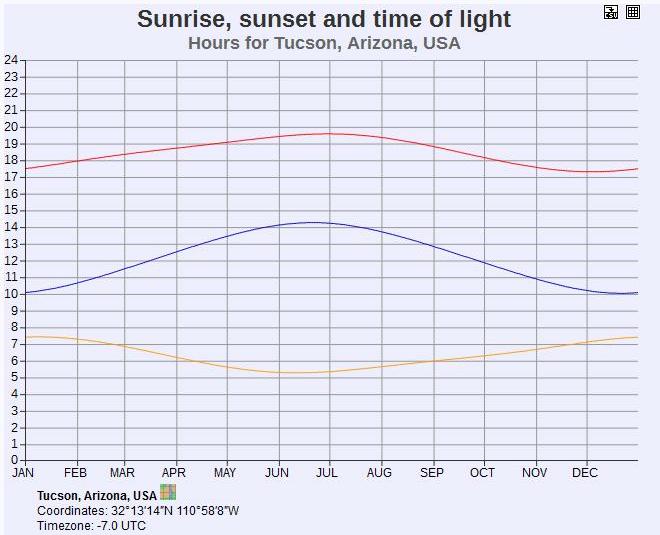
Graphs courtesy of ptaff.ca project
| Click one of the thumbnail graphs to display it as the large graph. | |||
| Sunrise Sunset and Hours of Daylight |
Maximal Sun Altitude | Maximal Solar Flux | Twilight Length |
 |
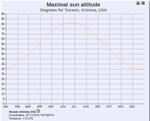 |
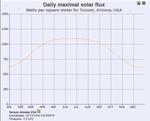 |
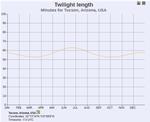 |
 Ridge Run Weather Station
Ridge Run Weather Station



